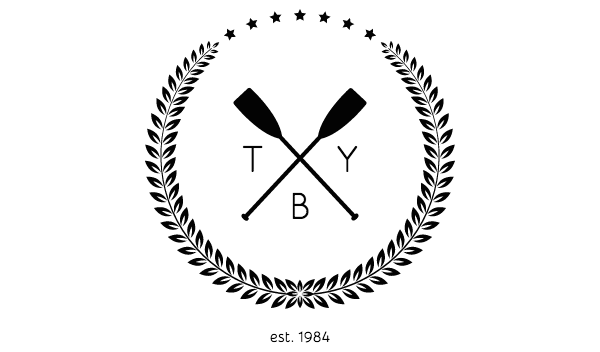holy vs profane
I think they destroyed the Latin language as well, the Catholic Church. One comment again from theology: when they translated the texts from Latin or from Vulgar method into vernaculars. Because then, when you do, you try to market our religion as something useful, but before it was something holy, this whole thing.
You notice that the reason the Pope presented, he said that it’s to increase the number of Catholics. In fact, the Church contracted at the time, when compared to Islam, where you have one-and-a-half-billion Muslims praying in a language they don’t understand so visibly.
It’s exactly the same thing, is that its separating the holy and profane. Don’t translate to vernacular the beautiful Latin things. Likewise, do not try to make poetry or literature or history — do not make it practical.
Just make the people study for their own sake, just like you go to church. It’s not for anything practical. You don’t go to church because you’re going to meet an employer. You go to church to go to church. Likewise, we have to separate these two.
- Bryan Caplan and Nassim Nicholas Taleb on What’s Missing in Education
The reason why religion is not a subset of philosophy is because it is primarily concerned with appreciating rather than understanding. A core set of beliefs and attitudes are agreed upon, preserved and supplemented with rituals.
Buddhism's emphasis of experience over text is very spot on in the sense that the subject matter of religion is fundamentally impossible to articulate. (Meditation properly done is experimental metaphysics.) The transcendental can not and should not be put in words which are profane mortal creations and may arise a false feeling of understanding. (It is not a coincidence that songs in languages we do not understand move us more deeply.)
Religious thinking calmly ties all causal chains to a single source. Secular thinking democratizes self-referentiality and then hastily tries to loop each causal chain onto itself.* (That is why secular minds are always so busy.) But once you remove the monolithically centralized node of God, then there is no absolute good or evil any more. (Yes, you are right, this is a reference to Nietzsche.) In other words, you are completely fucked. You need to come up with profane reasons to do anything, including the act of going to church, as Taleb exemplifies above. Moreover, those reasons will inevitably be of the type that can not stand on its own. The insecurity caused by such open-ended trails of thinking will be left for some other time to be dealt with. Like a technical debt, this insecurity will grow until it breaks you down and you find yourself either talking to some stranger claiming mastery over human psyche or bending into arcane positions on a sweaty yoga mat or browsing self-help books in one of those stupid bookstores with a coffee shop inside it. All with the hope you will be able to loop those God damn causal chains back onto themselves.
* Democratization operator has been a defining feature of modernism. For instance, as I mentioned in a previous post, democracy, capitalism and social media democratized respectively power, money and fame.


